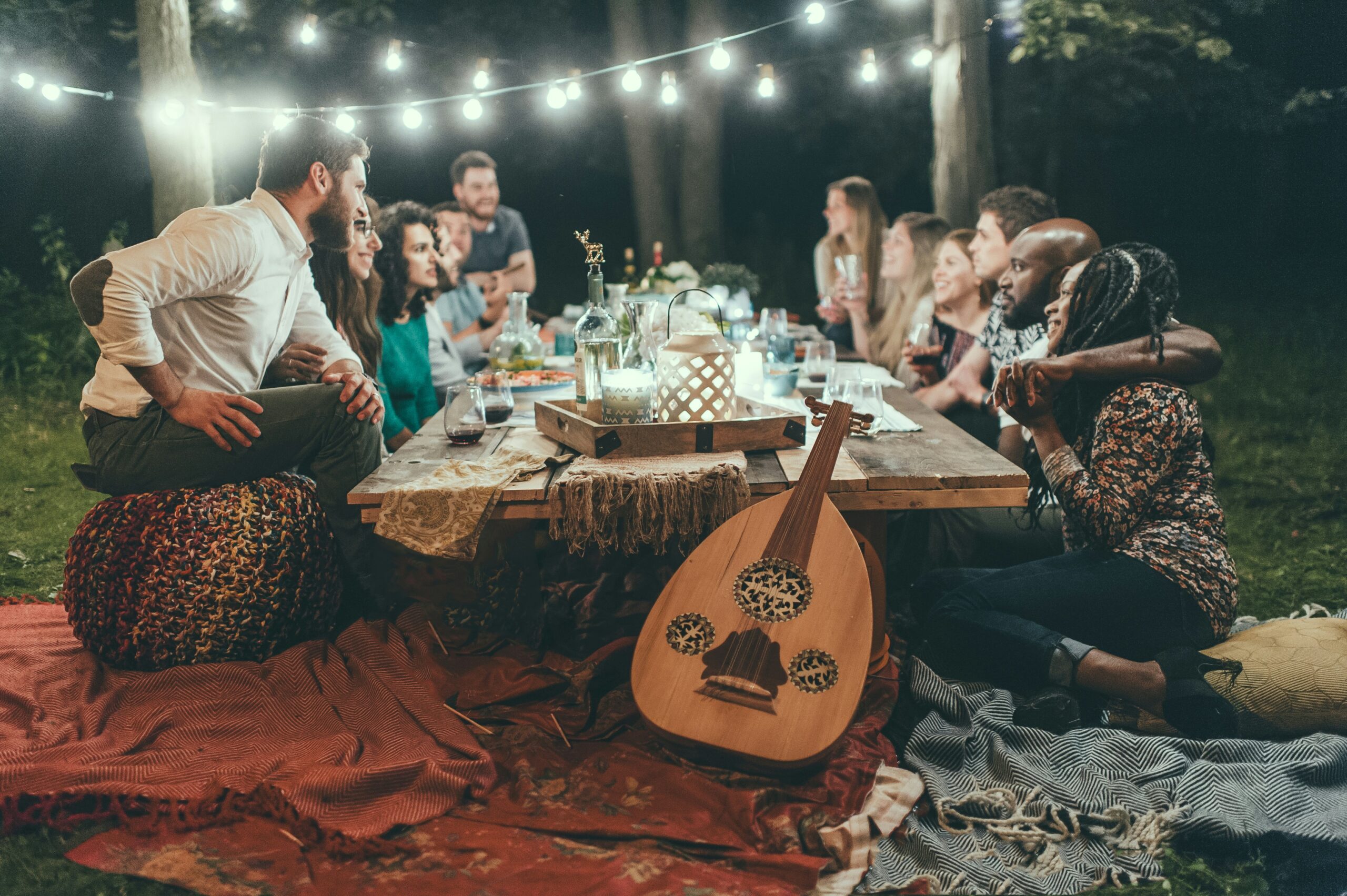Americans’ Feelings and Behaviors Highlight Connection and Its Limits
Amid America’s political frictions and loneliness epidemic, our recent ACP/Ipsos survey revealed a bright spot in Americans’ social lives: Across communities, people reported feeling connected to family or friends most days.
The American Communities Project and Ipsos asked 5,312 residents across the ACP’s 15 types how many days in the past week they felt connected to family or friends and how often they felt lonely. Overall, Americans said they felt connected to family or friends five out of seven days a week and felt lonely 1.2 days a week.
Feeling connected to family or friends was relatively uniform among the community types, but two very sparsely populated communities separated themselves from the pack. In the Aging Farmlands and Native American Lands, people reported feeling connected with family or friends 5.9 days and six days, respectively. Family roots run deep in both places, perhaps explaining this increased connection. Most community types hovered around the five-day average. A weak spot was found in the College Towns, where community members reported being connected to family or friends just 4.7 days in a week, highlighting the age-old longing college students often feel but also how the social isolation of the pandemic continues to affect these communities.
Seeing Friends Frequently
On the specific question of socializing with friends face-to-face, 43% nationally said they spend time with friends in person at least weekly. But the differences on frequent in-person contact were vast at the community level, with a 27-point variation across the ACP’s 15 types. The rural-urban-suburban divides were not clear-cut. Again, Aging Farmlands and Native American Lands saw the highest levels of face-to-face socialization on at least a weekly basis, at 61% and 60% respectively. But Evangelical Hubs, rural, homogeneous communities in the South, came in last at 34%, with Working Class Country in Appalachia and the South just ahead at 37%. College Towns stood below average at 40%. In densely populated Big Cities, 46% of residents said they spend time with friends in person at least weekly, a higher rate than in other suburban and rural communities. (Spending time with friends on at least a monthly basis jumped to 65% nationally.)
Majority Engage People on Social Media
In contrast and not surprisingly, much more regular connection takes place via social media. Overall, 56% of Americans said they message or talk with others via social media at least weekly. While most communities were around 50% or above, Aging Farmlands and Middle Suburbs were well above the average, at 69% and 64% respectively. (Messaging on social media on at least a monthly basis was 65% nationally.)
Attending Community Events Less Frequently
At the community level, about one-fifth of respondents nationwide, 19%, said they attend a community event at least weekly. The 21-point range across communities was equally stark, but the urban-rural divide was not. In the LDS Enclaves, with a high percentage of regular churchgoers, young families, and youth, a high of 36% of respondents said they attend a community event at least weekly. Aging Farmlands and youth-oriented Native American Lands were just behind, in the low to mid-30s. The low point was the Middle Suburbs at 15%, with Urban Suburbs just ahead at 16%. Hispanic Centers and Big Cities, on opposite ends of the rural-urban spectrum, were at 17% and 18%, respectively. In most community types, the percentages were in the 20s. (Attending a community event on at least a monthly basis nearly doubled to 36% nationally.)
Not Often Volunteering in One’s Community
Volunteering was the least popular activity people engage in regularly. Just 10% nationwide said they volunteer in their community at least weekly. Like other in-person social activities, LDS Enclaves, Aging Farmlands, and Native American Lands stood out from the pack with percentages in the upper-teens to upper-20s. (Volunteering on at least a monthly basis nearly doubled to 19% nationally.)
